Can Binoculars See Planets ?
Yes, binoculars can be used to see some planets in our solar system. Planets like Jupiter, Saturn, and Mars are visible through binoculars, and their moons can also be seen. However, the view may not be as clear as through a telescope, and the planets will appear as small dots rather than detailed images. It is important to note that the best time to observe planets through binoculars is during their opposition, which is when they are closest to Earth and appear brightest in the sky. Additionally, it is recommended to use a tripod or other stabilizing device to avoid shaky images.
1、 Limitations of binoculars for astronomical observations
Limitations of binoculars for astronomical observations
Binoculars are a popular tool for observing the night sky, but they do have limitations when it comes to astronomical observations. While binoculars can provide a wider field of view than a telescope, they have a smaller aperture and magnification, which limits their ability to see faint objects and details.
One of the main limitations of binoculars is their small aperture. The aperture is the diameter of the objective lens, which determines how much light the binoculars can gather. Binoculars typically have an aperture of around 50mm, which is much smaller than the aperture of a telescope. This means that binoculars are not as effective at gathering light, which limits their ability to see faint objects such as galaxies and nebulae.
Another limitation of binoculars is their magnification. Binoculars typically have a magnification of around 10x to 12x, which is lower than the magnification of a telescope. This means that binoculars are not as effective at magnifying objects, which limits their ability to see details on planets and other objects.
Despite these limitations, binoculars can still be a useful tool for observing the night sky. They are portable, easy to use, and provide a wider field of view than a telescope. Binoculars are particularly useful for observing large objects such as the Moon and the Milky Way, as well as for scanning the sky for interesting objects.
In recent years, there has been a growing interest in using binoculars for astronomy, and manufacturers have responded by producing high-quality binoculars specifically designed for astronomical observations. These binoculars have larger apertures and higher magnifications than standard binoculars, which makes them more effective at observing faint objects and details on planets.

2、 Factors affecting the visibility of planets through binoculars
Factors affecting the visibility of planets through binoculars include the size and magnification of the binoculars, the brightness and distance of the planet, and the atmospheric conditions. While binoculars can certainly be used to observe planets, their effectiveness depends on these factors.
In terms of size and magnification, larger binoculars with higher magnification will generally provide better views of planets. However, it's important to note that higher magnification can also make it more difficult to keep the image steady, so a tripod or other stabilizing device may be necessary.
The brightness and distance of the planet also play a role in visibility. Planets that are closer to Earth and brighter will be easier to see through binoculars. For example, Jupiter and Saturn are often visible through binoculars because they are relatively bright and close to Earth.
Finally, atmospheric conditions can greatly affect the visibility of planets through binoculars. Light pollution, haze, and other factors can all make it more difficult to see planets clearly. Therefore, it's important to choose a clear night with good visibility for observing planets through binoculars.
In recent years, there has been some debate about the effectiveness of binoculars for observing planets. Some astronomers argue that telescopes are a better option, as they provide higher magnification and better image quality. However, others maintain that binoculars can be a useful tool for observing planets, especially for beginners or those who don't have access to a telescope. Ultimately, the effectiveness of binoculars for observing planets will depend on the specific circumstances and the preferences of the observer.
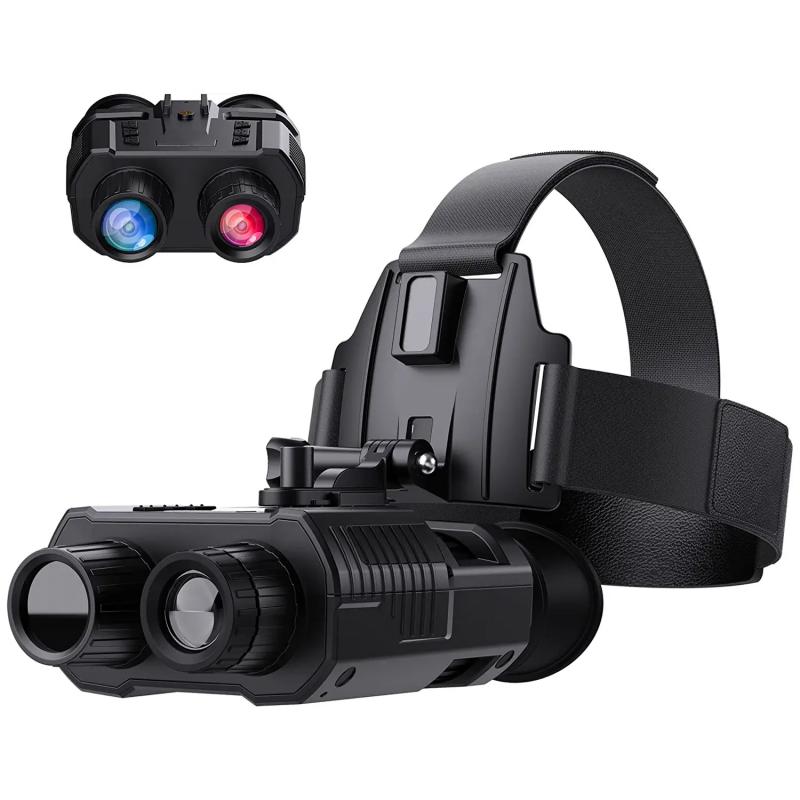
3、 Best binoculars for stargazing and planet viewing
Can binoculars see planets? Yes, binoculars can be used to observe planets in our solar system. However, the level of detail visible will depend on the quality of the binoculars and the atmospheric conditions. Planets such as Jupiter, Saturn, and Mars are easily visible with binoculars, and their moons can also be seen. Venus and Mercury are more challenging to observe due to their proximity to the sun and their small size.
When it comes to stargazing and planet viewing, the best binoculars are those with a large aperture and high magnification. A larger aperture allows more light to enter the binoculars, resulting in brighter and clearer images. A magnification of at least 10x is recommended for stargazing and planet viewing.
Some of the best binoculars for stargazing and planet viewing include the Celestron SkyMaster Giant 15x70 Binoculars, the Orion 09351 UltraView 10x50 Wide-Angle Binoculars, and the Nikon Aculon A211 10-22x50 Zoom Binoculars. These binoculars offer high-quality optics, large apertures, and comfortable viewing experiences.
It's worth noting that while binoculars can be a great tool for observing planets, they are not a substitute for a telescope. Telescopes offer higher magnification and better resolution, allowing for more detailed observations of planets and other celestial objects. However, binoculars can be a great option for beginners or for those who want a more portable and affordable option for stargazing and planet viewing.
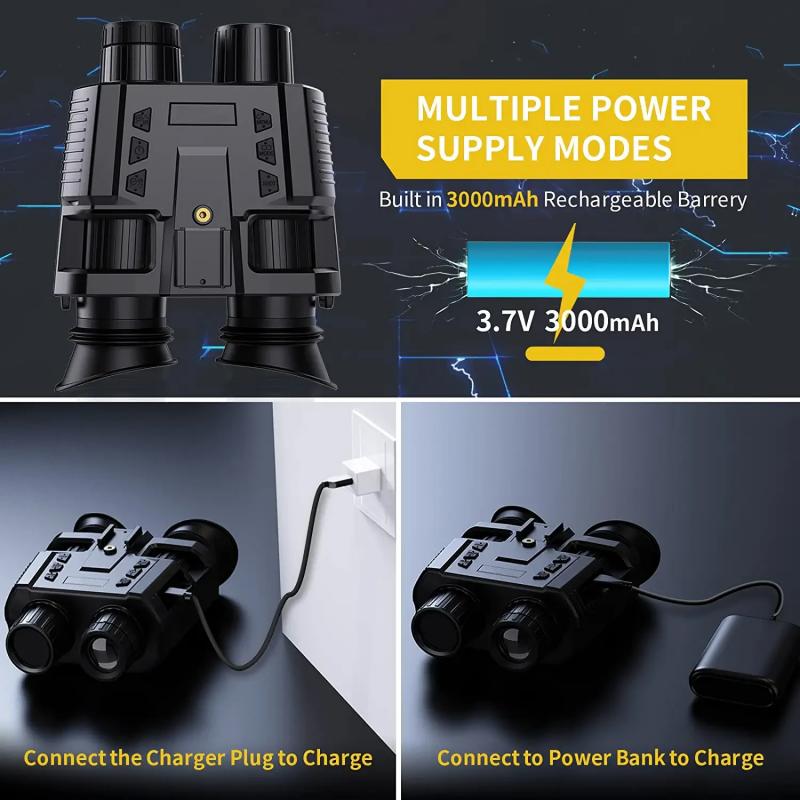
4、 Tips for using binoculars to observe planets
Can binoculars see planets? Yes, binoculars can be used to observe planets in our solar system. However, the level of detail visible will depend on the size and quality of the binoculars, as well as the atmospheric conditions and the position of the planet in the sky.
Tips for using binoculars to observe planets include finding a dark location away from city lights, using a tripod or stabilizing the binoculars against a solid surface, and adjusting the focus to achieve the clearest image possible. It is also important to be patient and wait for the planet to rise higher in the sky, as this will reduce the amount of atmospheric distortion.
When observing planets with binoculars, it is important to keep in mind that they will not provide the same level of detail as a telescope. However, they can still be a great tool for amateur astronomers or those who are just starting out in the hobby.
Recent advancements in technology have also made it possible to attach smartphones to binoculars, allowing for even more detailed images and the ability to capture photos or videos of the planets. Overall, while binoculars may not be the most powerful tool for observing planets, they can still provide a unique and enjoyable viewing experience.
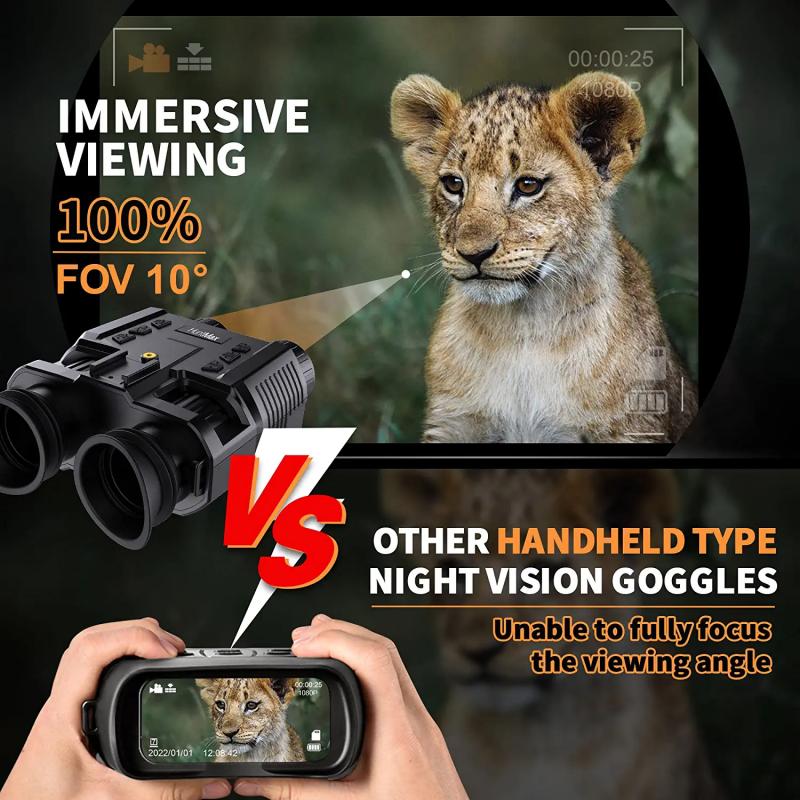









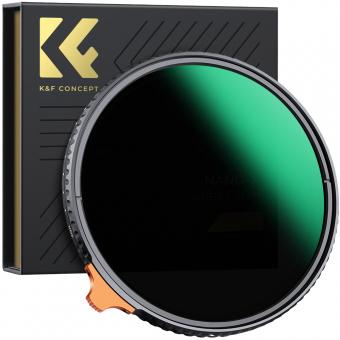









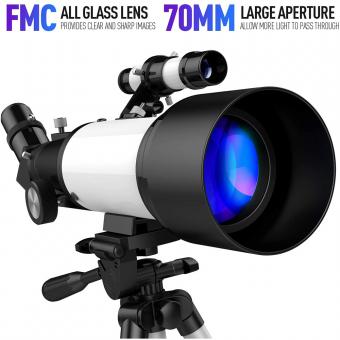






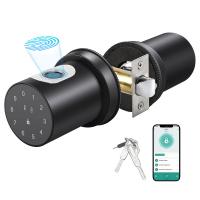



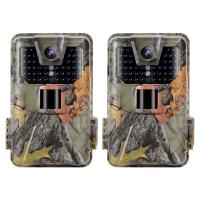
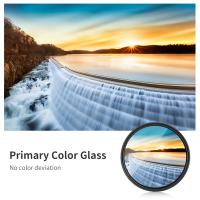


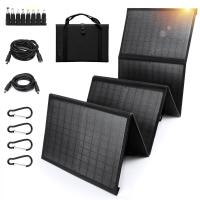
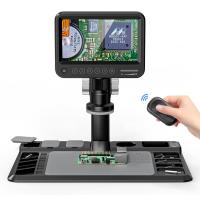

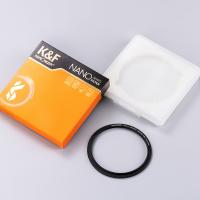

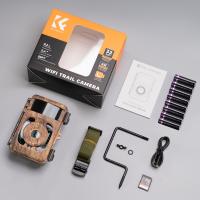

There are no comments for this blog.